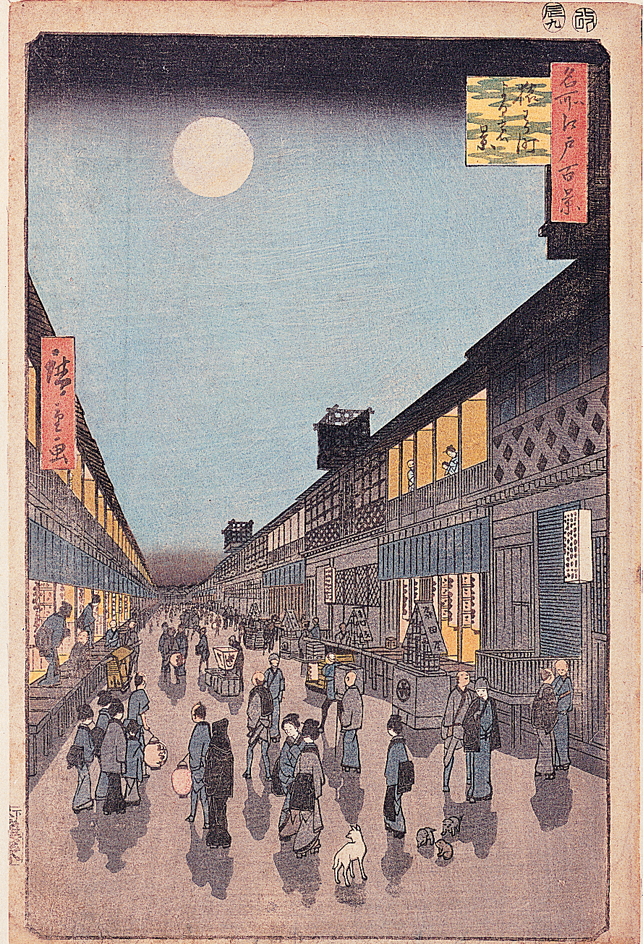Block printing is a method of reproducing a picture in which the artist uses a thin block of wood, linoleum, or similar material to make the image. Block printing is one of the most important kinds of printmaking.

In block printing, the artist first sketches the picture on the block with a pencil or pen. The lines and areas to be printed are left untouched, but the rest of the block is slightly cut away with knives or chisels called gouges. Next, the artist spreads thick ink on the raised, uncut parts of the block with a brayer (roller). Then a sheet of paper is pressed onto the block, transferring the inked image onto the paper. This procedure produces a reverse image of the drawing on the block. To print a picture in several colors, the artist must cut a different block for each color.
Historians believe that the Chinese invented block printing during the 600’s, and the technique is still widely used in Asia. Block printing was first used in Europe in the 1200’s to print designs on fabrics. In the 1300’s, paper first became widely available in Europe. Artists were soon using paper to create religious pictures and playing cards. Since the late Middle Ages, many artists have used the block-printing technique to make woodcuts.
